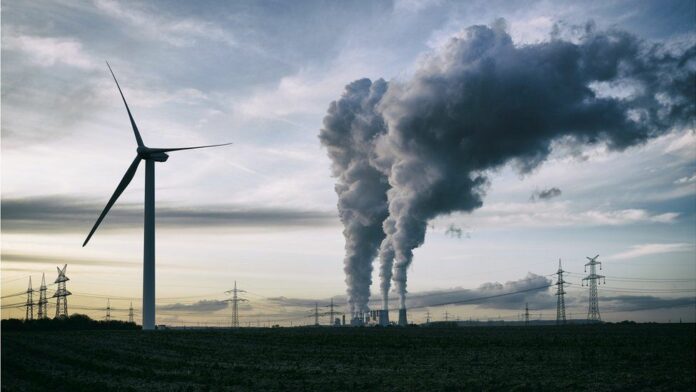Emissions are a significant global issue, contributing to climate change, air pollution, and various health problems. As the world becomes more industrialized and urbanized, the level of emissions continues to rise, exacerbating these challenges. In this blog post, we will discuss the reasons why emissions are a problem, the negative consequences they have on our planet, and the role of environmental solutions companies in addressing this pressing concern.
Emissions and Climate Change: A Vicious Cycle
One of the main reasons emissions are a problem is their contribution to climate change. Greenhouse gases, such as carbon dioxide (CO2), methane (CH4), and nitrous oxide (N2O), trap heat within the Earth’s atmosphere, leading to a warming effect known as the greenhouse effect. The primary sources of these emissions include:
Fossil fuel combustion: The burning of coal, oil, and natural gas for electricity, transportation, and industrial processes releases large amounts of CO2 into the atmosphere.
Agriculture and livestock: Agricultural activities, such as rice cultivation and livestock farming, release methane and nitrous oxide emissions.
Deforestation: The removal of trees, which naturally absorb CO2, reduces the Earth’s capacity to store carbon, leading to increased atmospheric CO2 levels.
As the Earth’s temperature rises, it causes a domino effect of environmental consequences, such as:
Melting polar ice caps and rising sea levels: As ice melts, it contributes to rising sea levels, threatening coastal communities and ecosystems.
Extreme weather events: Warmer temperatures can lead to more intense storms, droughts, and heatwaves, impacting agriculture, infrastructure, and human health.
Biodiversity loss: Changing climate conditions can disrupt ecosystems, leading to the extinction of plant and animal species.
Emissions and Air Pollution: An Invisible Threat
Emissions are not only a significant driver of climate change, but they also contribute to air pollution, which has severe consequences for both human health and the environment. Pollutants like particulate matter, ground-level ozone, and nitrogen dioxide can cause respiratory and cardiovascular issues, exacerbate pre-existing conditions, and even lead to premature death.
Air pollution’s environmental impact includes:
Acid rain: Emissions of sulfur dioxide (SO2) and nitrogen oxides (NOx) can react with water vapor in the atmosphere to form acid rain, which damages soil, water bodies, and ecosystems.
Eutrophication: Nitrogen emissions can lead to excessive nutrient buildup in water bodies, resulting in harmful algal blooms and the depletion of oxygen, affecting aquatic life.
Visibility reduction: Particulate matter in the atmosphere can reduce visibility, impacting transportation and tourism.
The Role of Environmental Solutions Companies in Tackling Emissions
Given the dire consequences of emissions on our planet, it is crucial to explore and implement strategies to reduce them. Environmental solutions companies play a vital role in addressing this challenge by providing innovative technologies, products, and services to help mitigate emissions and promote sustainable practices. Some of the ways these companies contribute to emissions reduction include:
Developing renewable energy technologies: By advancing solar, wind, hydro, and other renewable energy sources, environmental solutions companies can help reduce reliance on fossil fuels and decrease greenhouse gas emissions.
Promoting energy efficiency: Through energy-efficient technologies and practices, these companies help reduce energy consumption and the associated emissions in various sectors, including buildings, transportation, and industry.
Carbon capture and storage (CCS) solutions: Environmental solutions companies are developing and implementing CCS technologies to capture CO2 emissions from large point sources, such as power plants and industrial facilities, and store them safely underground.
Consulting and education: These companies also provide guidance, training, and education to governments, businesses, and individuals on sustainable practices, emissions reduction strategies, and environmental policy.
Conclusion
Emissions pose a significant threat to our planet, contributing to climate change, air pollution, and a wide range of negative environmental and health consequences. It is crucial to recognize the severity of this problem and work towards finding and implementing solutions. Environmental solutions companies play a critical role in this endeavor by developing innovative technologies, promoting sustainable practices, and educating stakeholders on the importance of emissions reduction.
By supporting and collaborating with these companies, along with making conscious individual choices to reduce our emissions footprint, we can help create a cleaner, healthier, and more sustainable future for our planet.



